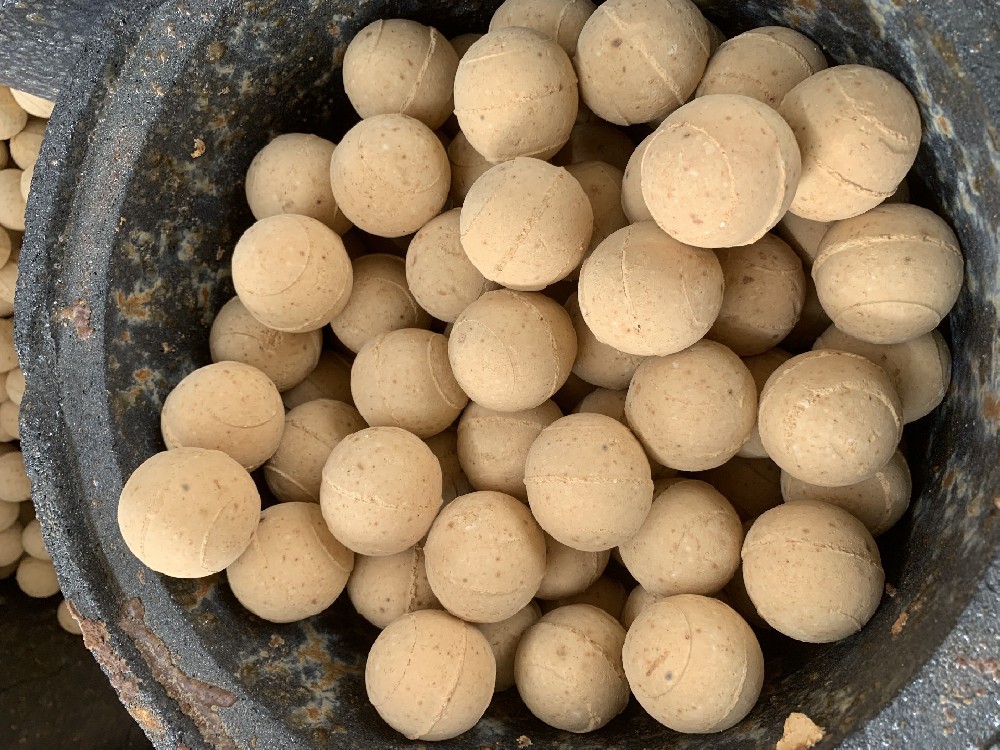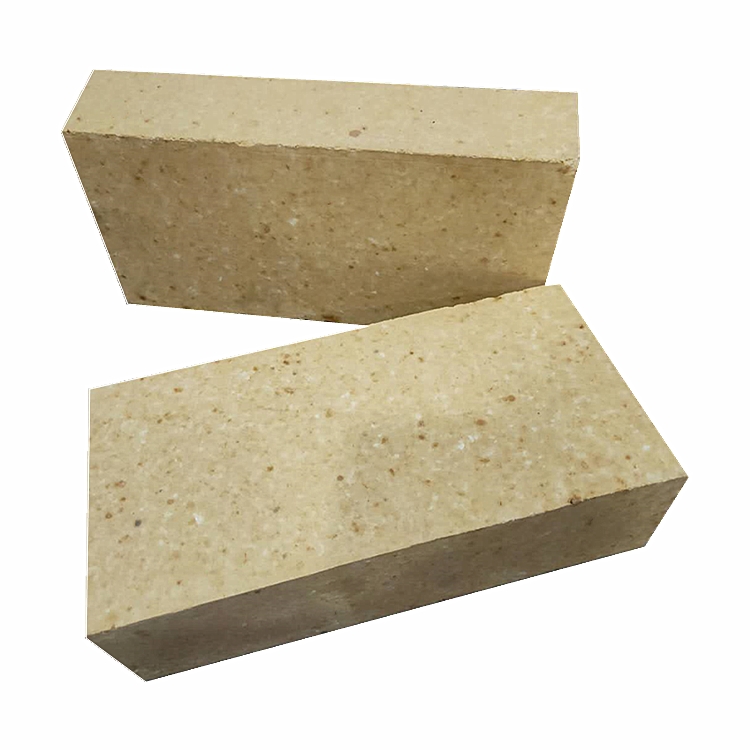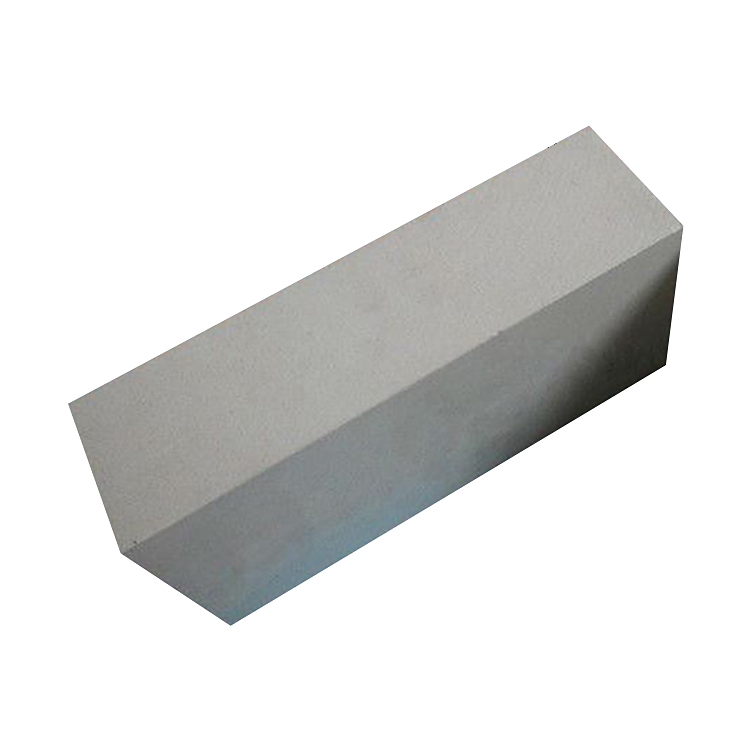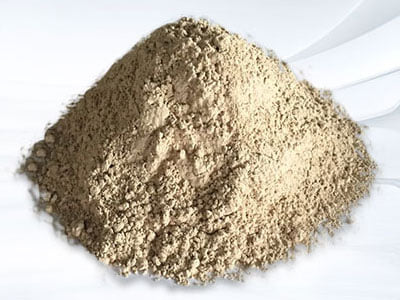Introduction of fused refractory fused mullite bricks
Introduction of fused refractory fused mullite bricks
The fused refractory is made by melting the precisely prepared mixture in an electric arc furnace, then pouring it in a sand mold, and the ingot is heat-treated before machining. The smelting process can obtain complete coarse crystals and dense structures. Compared with sintered refractories, it has the characteristics of compact structure, low porosity, high bulk density, high mechanical strength and high temperature structural strength, and strong resistance to glass liquid erosion. The main varieties currently produced are: fused mullite bricks, fused zirconium corundum bricks, fused chromium zirconium corundum bricks, fused quartz bricks, fused corundum bricks, etc.
Fused mullite bricks
Mullite bricks are a silicon-alumina system refractory product with mullite as the main phase. The refractoriness is about 1850 ℃, the load softening temperature is high, the high temperature creep rate is low, the thermal vibration resistance is good, and the acid corrosion resistance is good.
The fused mullite bricks are made of high-alumina geosite as raw material, and different bauxites are mixed into the composition of mullite (the mass fraction of 3AL203·2SiO2 is: AL2O3 72%, Si02 28%). It is melted at around 2300°C, poured into a sand mold at 1850°C, and then annealed to relieve stress. The main crystal phases are mullite and corundum, and the glass phase is filled between the crystal phases. Its resistance to glass erosion is stronger than that of sintered refractories, but not as good as other fused refractories. Adding a small amount (7%-8.5%) of gallium dioxide can make the mullite crystal smaller and the brick structure denser, and the mullite content increases to 60%-70%, which relatively reduces the content of glass phase and reduces the cracks in the product. Fused mullite bricks have low thermal expansion coefficient, good thermal shock resistance and strong corrosion resistance to glass liquid.
Mullite bricks should not be in contact with alkaline substances above 1450 ℃, otherwise mullite will decompose. In the reducing atmosphere above 1370℃, mullite will also decompose, and part of SiO2 will become gaseous SiO and leave the brick body. When the temperature is higher than 1650 ℃, even if it is not a reducing atmosphere but at a lower oxygen partial pressure, mullite will decompose.
-

Thermal storage alumina balls
The Thermal storage alumina ballsis made of industrial alumina and refractory kaolin as the main raw materials through scientific formula, forming and high-temperature calcination.Thermal storage alumina ballss are divid··· -

Anti-stripping high alumina brick
Use description of Anti-stripping high alumina brick1. Anti-stripping high alumina brick has a good application in low temperature parts such as large and medium-sized cement precalciner, kiln smoke chamber, indoor decom··· -

Anti-stripping high alumina bricks
Anti-stripping high alumina bricks are made of high alumina bauxite clinker, mullite, kyanite, zircon sand, and binder after granulating and powdering processes, mixed in a certain proportion, pressed into shape, and fir··· -

silica hot repair refractory
Performance index of silica hot repair refractoryThe material is a kind of plastic unshaped refractory material, its main component is SiO2, it is made of special clinker and various binders and additives, and it is proc···

